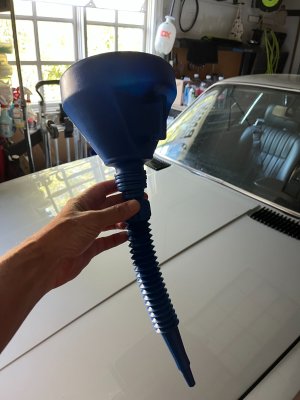The coolant drain (block drain) is on the right side of the engine block, several inches below the exhaust port of #5 cylinder. It is a 19 mm (17mm?) hex head that is screwed in close to the block. The "bolt" is only about an inch long overall. It's in there fairly snugly but not in my experience really tight.
You'll have to jack up and support the car. I suggest using a box wrench to open it, being sure the wrench is well seated on the hex head. Be aware of where your hand will go if the wrench slips off. Best to loosen the drain bolt slightly, then unscrew with your fingertips, keeping the rest of yourself as far away as possible to avoid the gusher that will come when it unscrews. Obviously, you don't want to do this when the engine is hot.
NOW THEN... sometimes nothing comes out after you unscrew the drain bolt, because there is sludge built up behind the drain. You then get a bit of coat hanger wire and stick it in (initiating the gusher) to dislodge the sludge. Worm the wire around as much as possible while running some water into the coolant overflow tank to flush the crud. Consider looking up how much oxalic acid you need to create a solution that over some miles, will dissolve crud and allow it to be flushed next time you drain the system. There are commercial cooling system flushes you can use, sold by the pint can at your friendly local corner auto parts store. I doubt they are much different between them, and all will likely do "some" good.

